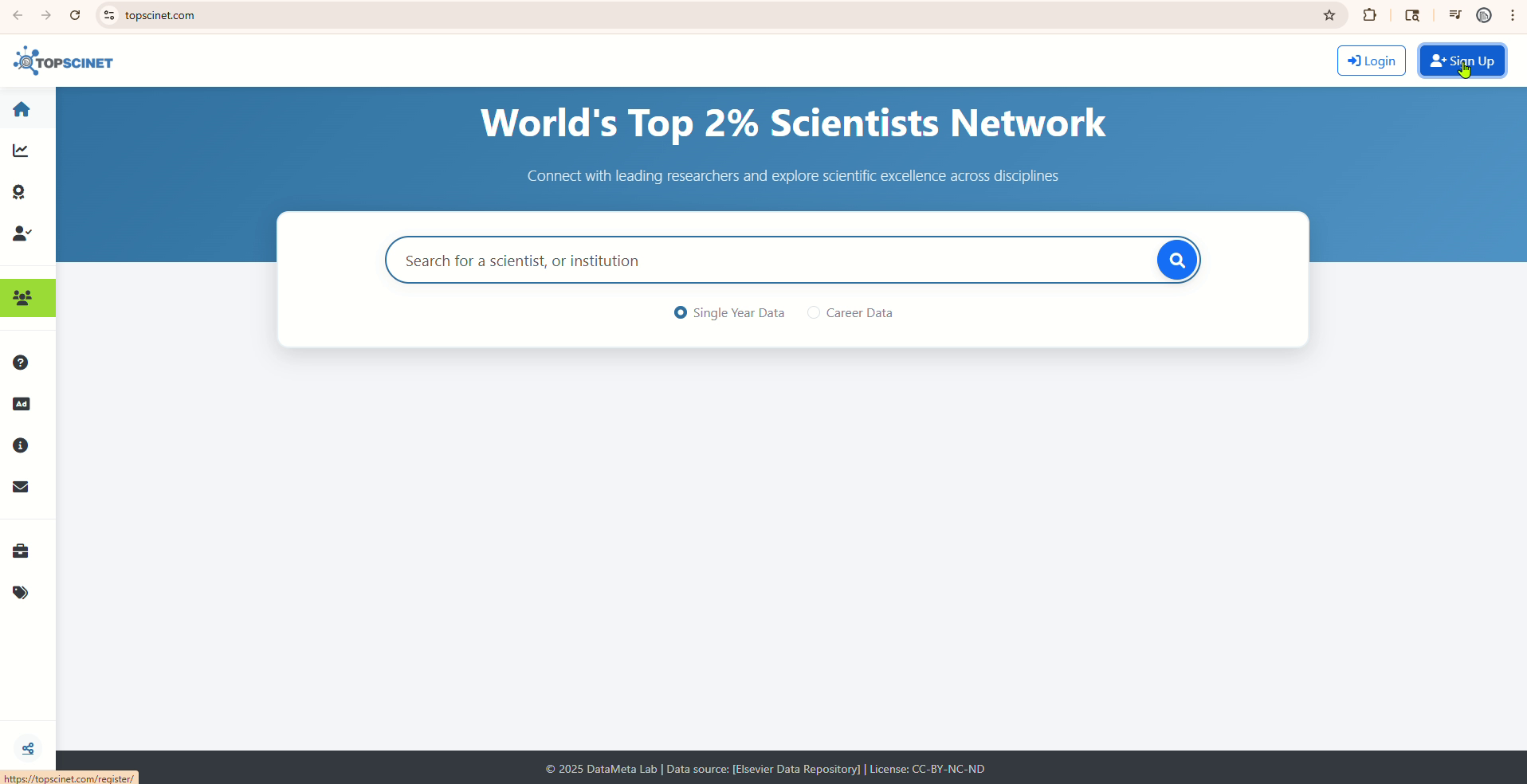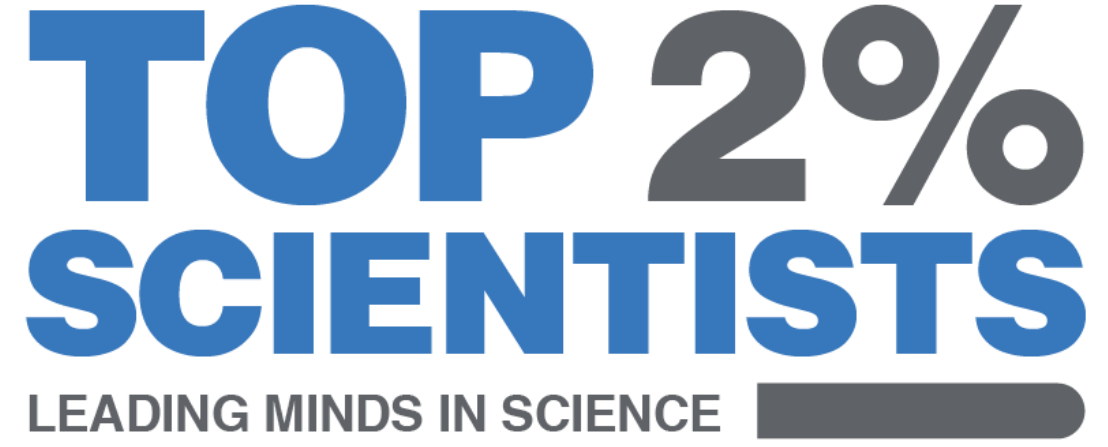Citation metrics are powerful tools, but often misunderstood. Being ranked among the Top 2% of scientists worldwide can be a game-changing accomplishment. You can also read this article that explains what is What is the World’s Top 2% Scientists list by Stanford University. Here’s a roadmap to get listed in Top 2% scientists list that could help you reach this prestigious list.
Understanding the Ranking System
The Top 2% Scientists list, compiled by researchers with affiliation of Stanford University, uses standardized citation data from Scopus, provided by Elsevier. Researchers are evaluated based on their c-score, h-index, and other indicators, with a focus on both career-long and single-year impacts. The database covers over 100,000 scientists across 22 scientific fields and 176 subfields, ensuring broad representation.
1. Write Consistently and Strategically
One of the most crucial steps to gaining visibility in research is to write consistently, without breaks. It’s essential to dedicate time every day to writing, even amidst other commitments like teaching or administrative duties. Establishing a habit of publishing one or two research papers each year ensures a steady output and helps maintain visibility in the field.
2. Publish Single-Authored Papers
While collaboration is essential, single-authored papers can be a great way to distinguish yourself and show independent thought. These projects don’t always need large funding. Working on theoretical analyses or repurposing existing data can lead to significant publications and boost your c-score.
3. Collaborate Internationally

Collaborating with international researchers is one of the most valuable ways to broaden your research horizons and increase the impact of your work. By partnering with experts from different parts of the world, you not only gain access to new insights but also benefit from shared resources, data, and technology that might not be available locally.
These collaborations often result in co-authored publications, which have a greater chance of being cited globally. Joint research projects with international teams tend to attract more attention in scientific communities, as they bring together cross-border expertise and address issues of global relevance.
4. Share Data and Make It Open Access
Sharing data openly is a highly effective strategy to increase recognition and citations. Creating and publishing a well-structured database alongside research papers on platforms like Zenodo, IEEE, and Elsevier allows other researchers to use and build upon the work. Open-access publications and shared datasets significantly boost the chances of citations and collaboration.
5. Promote Your Work
Visibility is crucial. Make your work easily discoverable by actively engaging on social media, blogging about your research, and attending conferences. Presenting your work to a wider audience amplifies its impact and opens opportunities for more collaborations and citations.
Conclusion
Getting Listed in the Top 2% Scientists List requires a combination of consistency, strategic publishing, collaboration, and visibility. By following these steps and focusing on your long-term impact, you can increase your chances of being recognized as a leading researcher in your field.
Searchable Database for Top 2% Scientists
Visit TOPSCINET.com
If your name appears in the search results, claim your profile using your institutional email to update your social media links and enhance your online presence.




